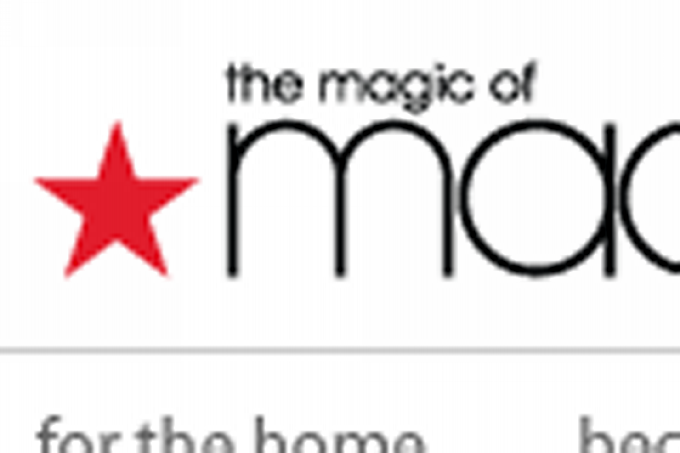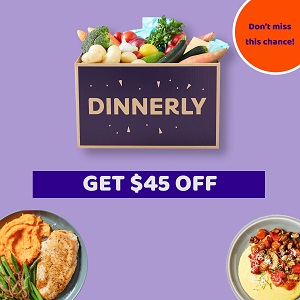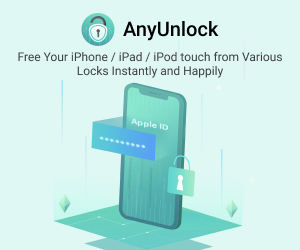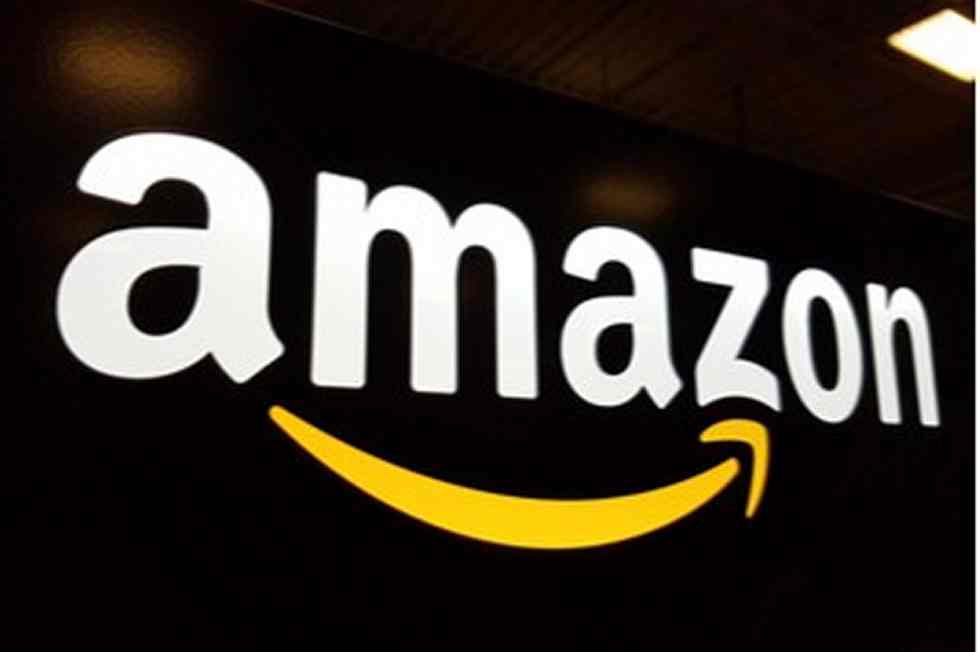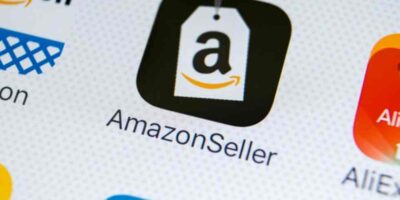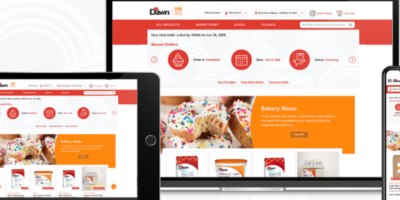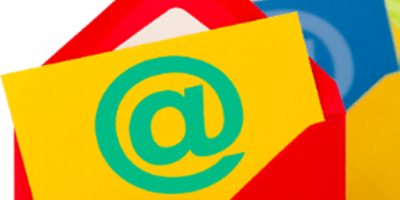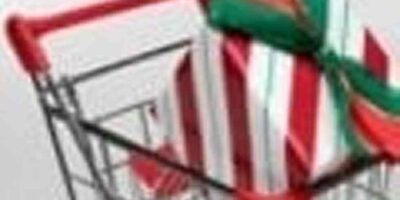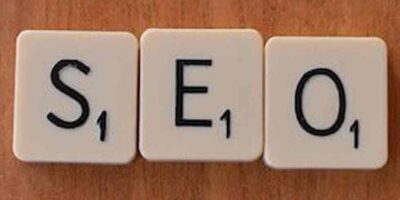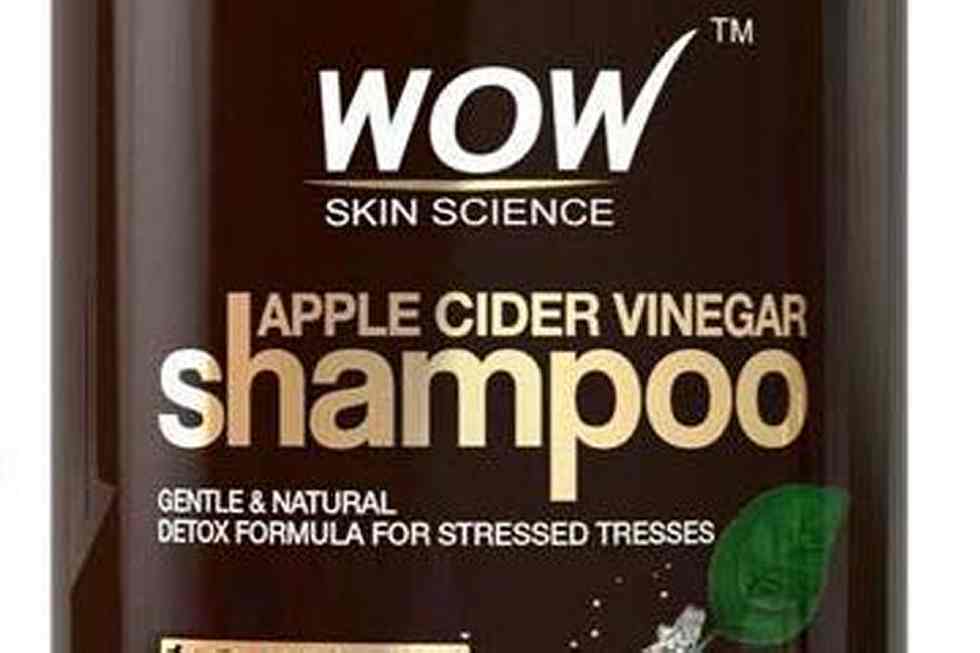
As soon as discovered solely on the backside of a gross sales funnel, the ecommerce product element web page is evolving to handle the complete purchaser journey, from consciousness to sale.
Take into account a free, primary theme on Shopify known as “Easy,” Its product pages are sales-focused, with eight sections:
- Product title,
- Worth,
- Description
- Product choices,
- Photos,
- Two call-to-action buttons,
- Social media buttons,
- Product suggestions.
These sections are basic to conversions besides, maybe, the social media buttons and product suggestions. The remaining — product title, worth, description, pictures, and add-to-cart buttons — are kind of important to finishing the motion.
The product element web page on Easy, a Shopify theme, offers bottom-of-funnel content material to immediate a purchase order.
Curiously, this checklist of product content material sections is much like a typical Amazon product element web page years in the past. A display seize from the Web Archive exhibits that the product web page in 2007 for the “George Forman Grill with Bun Hotter” had the fundamentals — title, worth, description, image, and add-to-cart button — plus scores, tags, and a buyer dialogue part.
The web page was aimed on the backside of the funnel — the top of the client’s journey.
Amazon’s product element pages in 2007 contained content material for end-of-journey actions.
Funnels and Journeys
Gross sales funnels and consumers’ journeys are supposed to describe how prospects change into prospects. These fashions assist us take into consideration the required emotional, psychological, and bodily steps.
Traditionally, such fashions have centered on the motion steps. For instance, contemplate the favored AIDAR mannequin, a hierarchical funnel with 5 levels:
- Consideration,
- Curiosity,
- Want,
- Motion,
- Retention.
A product element web page with simply the essential data described above suits finest close to the underside of the mannequin within the “Motion” or “Retention” step.
The AIDAR mannequin is an instance of a advertising and marketing or gross sales funnel.
Full-funnel
Product element pages in 2021 have developed from closing the sale to serving the complete journey — a full-funnel web page.
Take the product element web page on Amazon for Wow Apple Cider Vinegar Shampoo from July 22, 2021. On marketplaces corresponding to Amazon, product pages have to draw consideration in search, generate curiosity, and develop want so {that a} shopper will make a purchase order.
The Wow Apple Cider Vinegar Shampoo web page on Amazon has to draw consideration in search, generate curiosity, and develop want so {that a} shopper will make a purchase order.
The product title is lengthy.
“WOW Apple Cider Vinegar Shampoo – Scale back Dandruff, Frizz, Break up Ends, For Hair Loss – Clear Scalp & Increase Gloss, Shine – Paraben, Sulfate Free – All Hair Varieties, Adults & Kids – 500 mL”
This title shouldn’t be probably aimed on the backside of the funnel however moderately close to the highest. WOW appears to be optimizing it for search on Amazon.
Furthermore, the “About this merchandise” part provides 200 extra phrases explaining what the shampoo does. The outline right here could also be aimed on the center of the funnel to create a want for the product.
On Amazon, the Wow Apple Cider Vinegar Shampoo web page incorporates content material geared toward customers earlier of their purchasing journey.
And the checklist goes on. The web page consists of three product movies and 6 product-related images. There’s a 1,097-word product description (longer than most articles on Sensible Ecommerce), two charts, two bulleted lists, and 20 extra images. And there are sections for specs, components, utilization, evaluations, and consumer movies.
The WOW shampoo product web page had three movies, quite a few images, and extra phrases than most articles on Sensible Ecommerce.
Evolution
A number of elements are probably liable for the variations on the Amazon product element pages for the George Forman grill in 2007 versus the WOW shampoo in 2021.
Competitors. Worldwide retail ecommerce is booming, with gross sales almost tripling within the six years from 2014 to 2020 when it hit $4.28 trillion, in line with Statista. And B2B ecommerce is even larger. International B2B ecommerce income reached greater than $6.6 trillion in 2020, in line with Grand View Analysis.
Thus ecommerce is aggressive. Product data can present an edge.
In a dialogue about search engine marketing and hyperlink constructing, James Wirth, senior director of technique and development advertising and marketing at Quotation Labs, an company, identified that his agency builds hyperlinks to ecommerce product pages. That course of requires link-worthy content material.
Nowhere is ecommerce competitors as intense as on Amazon, the place a product web page shouldn’t be the fruits of a purchaser’s journey however probably the primary cease. That web page is the one alternative a model or retailer has to seize consideration, peak curiosity, and develop want.
Covid-19. The pandemic intensified ecommerce competitors, compelled extra companies to compete on-line, and impacted purchaser conduct.
In December 2020, Salsify, a maker of product data administration software program, surveyed 1,800 U.S. customers. About 40% of respondents had relied on ecommerce in some kind for the reason that outset of the pandemic. Roughly 24% solely shopped on-line. And one other 37% restricted brick-and-mortar purchasing to trusted shops.
Thus customers who would possibly in any other case have gone to an area retailer had been pursuing digital aisles. These customers needed product data, together with top-of-funnel content material.
Tradition. Lastly, purchasing tradition is altering.
Consumers are usually not simply concerned with worth. They wish to know if a product is sweet not simply in high quality, but in addition good for the world. Shoppers more and more are concerned with sustainability, social duty, and the well-being of staff.
This might be why customers would possibly choose a minority-owned firm or why WOW’s shampoo description states that its merchandise are vegan and cruelty-free. All of this must be communicated. Product pages is perhaps the place to do it.







